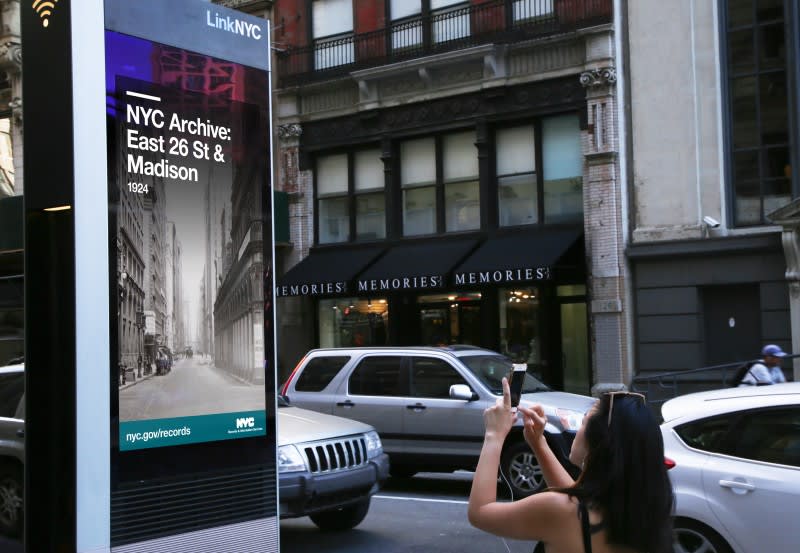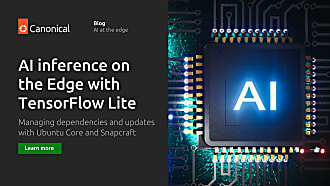Sarah Dickinson
on 28 October 2019
Standardising software to quickly deliver a smart city platform for millions

New York has the highest population density of any city in the United States with over 27,000 people per square mile. The average New Yorker has a commute of 40 minutes, 14 more than the national average. There are over 200 languages spoken in the city. These statistics alone illustrate the challenge of communicating to the 8.5m residents of New York to convey the latest transport, weather or security information.
The increased use of technology in urban infrastructure and rise of smart cities is helping to improve communications to resident New Yorkers and cities all over the world. Intersection, a US based company, specialise in using digital technology integrated into the physical world with deployments across the US and UK. Notable products include Link which launched in 2016 in New York City and now serves over 8 million Wifi users. The product was also launched in 25 cities throughout the UK, as well as Philadelphia and Newark to provide free Wifi, device charging, maps, calls and real time information such as weather and transit information.
Being visible to millions of people 24/7, Intersection demand a reliable infrastructure on which to build their smart city platform. David Mitchell, of Intersection, explains the breadth of use from retail to emergency services and the challenges of introducing new technology to a variable city environment.
“It’s a combination of needing a platform that’s nimble but also at the scale we are running at, having to run a lot of different products while needing to make them look as consistent as possible,” David comments.
With the focus on delivering value and maintaining uptime, Intersection don’t want their developers distracted by the differences in hardware platform. As a result, they turned to Canonical and Ubuntu Core to deliver harmonisation and a common software platform across their product ecosystem. “It’s really important for us to be able to build our product once and deploy it across any ecosystem that we may have,” David expands. “In addition, having someone with a lot of different experience across different industries as we are looking to define ours is super valuable as we can bounce ideas off of them.”
What has been the benefit of this and working with Canonical? The reduction of delivery times of over 3 months thanks to the standardisation of stack and software development pipelines. The ‘build once and deliver everywhere’ mentality that Intersection adopts has also helped reduce both operational and capital costs. Using Ubuntu has also led to an easier onboarding and training for new software engineers to get up to speed given the popularity and familiarity the OS benefits from.
For more insight into how Intersection is building a smart city platform, David’s full interview can be viewed below.



